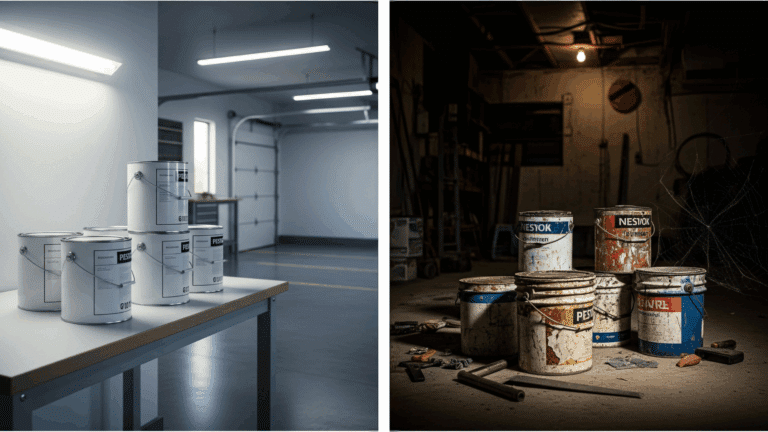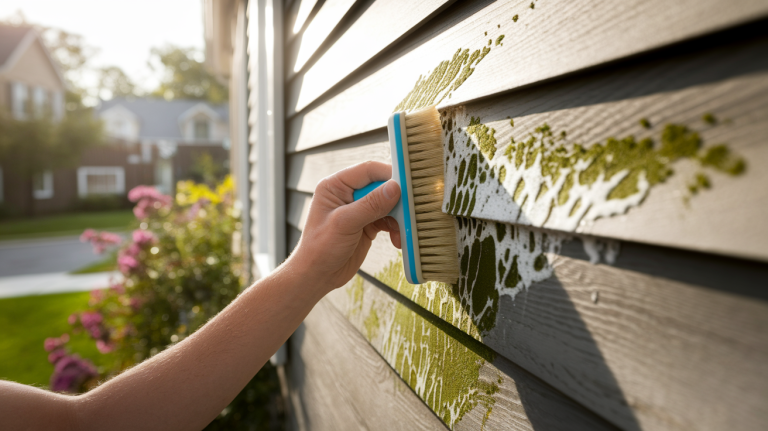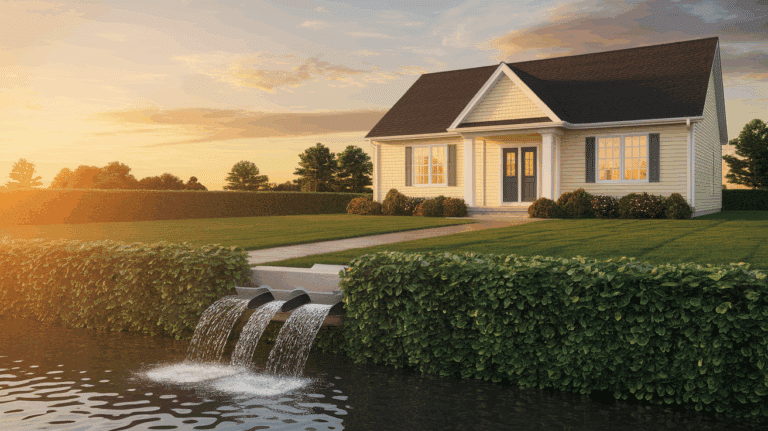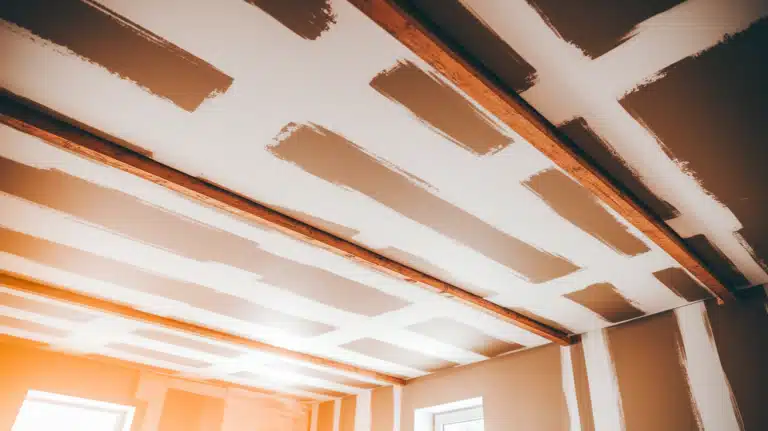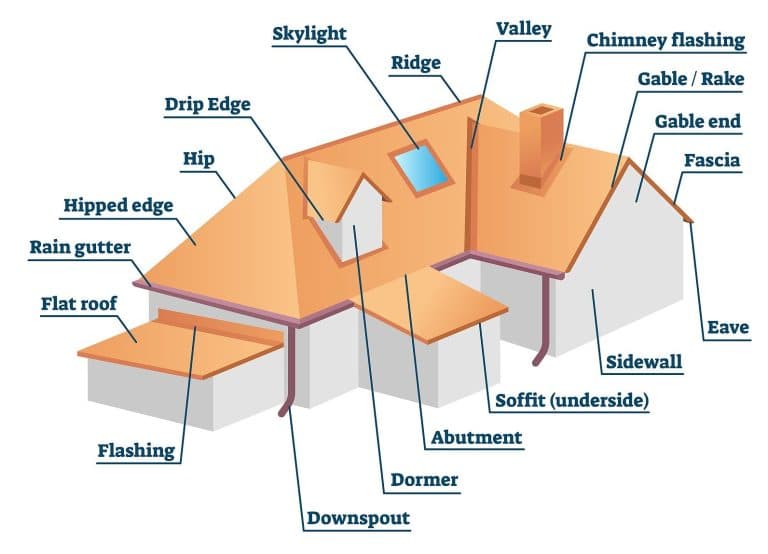All About Siding Over Stucco: A Beginner’s Guide
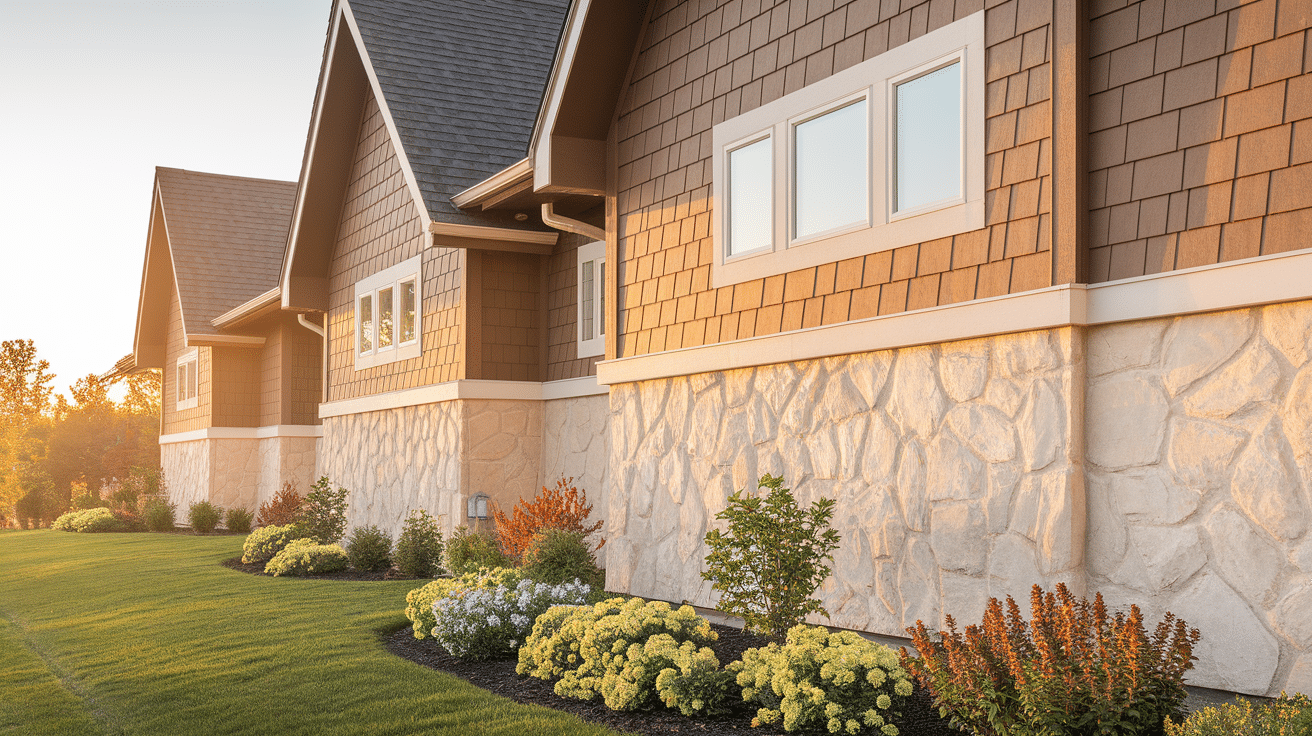
Stucco has been a versatile and durable exterior finish for many homes, known for its textured surface and ability to withstand harsh weather conditions.
But come on, at one point, almost all of us choose to upgrade or change our home’s appearance by installing siding over the stucco.
Whether it’s to improve aesthetics, increase insulation, or even reduce maintenance, siding can be a great solution.
Well, I’ve got your back. I’ll walk you through the different types of siding, requirements, and everything you might need to know about Siding Over Stucco.
Different Types of Siding for Stucco
There are several siding options you can choose from, each offering its own benefits.
Here’s a quick overview of the most common choices:
- Vinyl Siding: Lightweight, affordable, and easy to maintain. It’s one of the most popular choices for home exteriors.
- Wood Siding: Offers a classic and natural look but requires more maintenance than vinyl.
- Fiber Cement Siding: Durable, fire-resistant, and low-maintenance with the appearance of wood.
- Metal Siding: Ideal for modern designs, metal siding is weather-resistant and provides excellent protection.
- Composite Siding: Made from a blend of wood fibers and resin, offering the aesthetic of wood without high maintenance.
Siding used here: In this blog, we’ll be working on the step-by-step guide using Metal Siding
Tools & Materials Required
Before you begin installing siding over stucco, it’s important to have the right tools and materials on hand. Below is a list to ensure a smooth and successful installation.
- Stucco Repair Materials
- Drywall Tape or Joint Tape
- House Wrap or Moisture Barrier
- Furring Strips
- Siding Panels
- Fasteners
- Joint Compound
- Primer
- Paint
- Sanding Block or Pole Sander
Step-by-Step Guide to Install Siding Over Stucco
If you’re looking to upgrade your home’s exterior, siding over stucco can be an efficient and cost-effective solution.
Here’s a step-by-step guide to help you tackle the project with ease.
Step 1: Prepare the Stucco
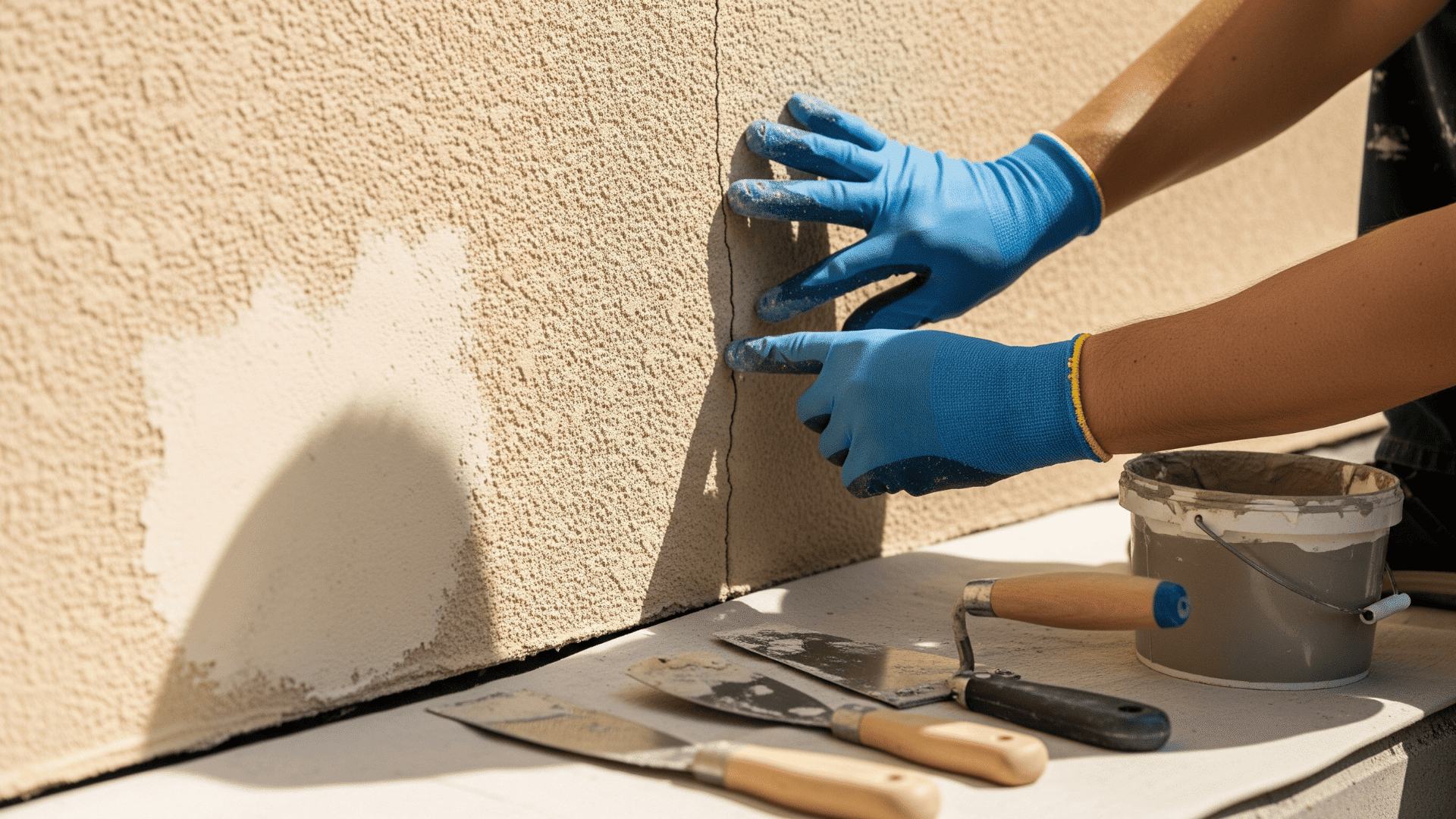
Start by inspecting the stucco for cracks or damage. Repair any holes or imperfections using patching compound, ensuring the surface is smooth and stable.
If the stucco is in poor condition, you may need to replace parts of it.
Step 2: Install a Moisture Barrier
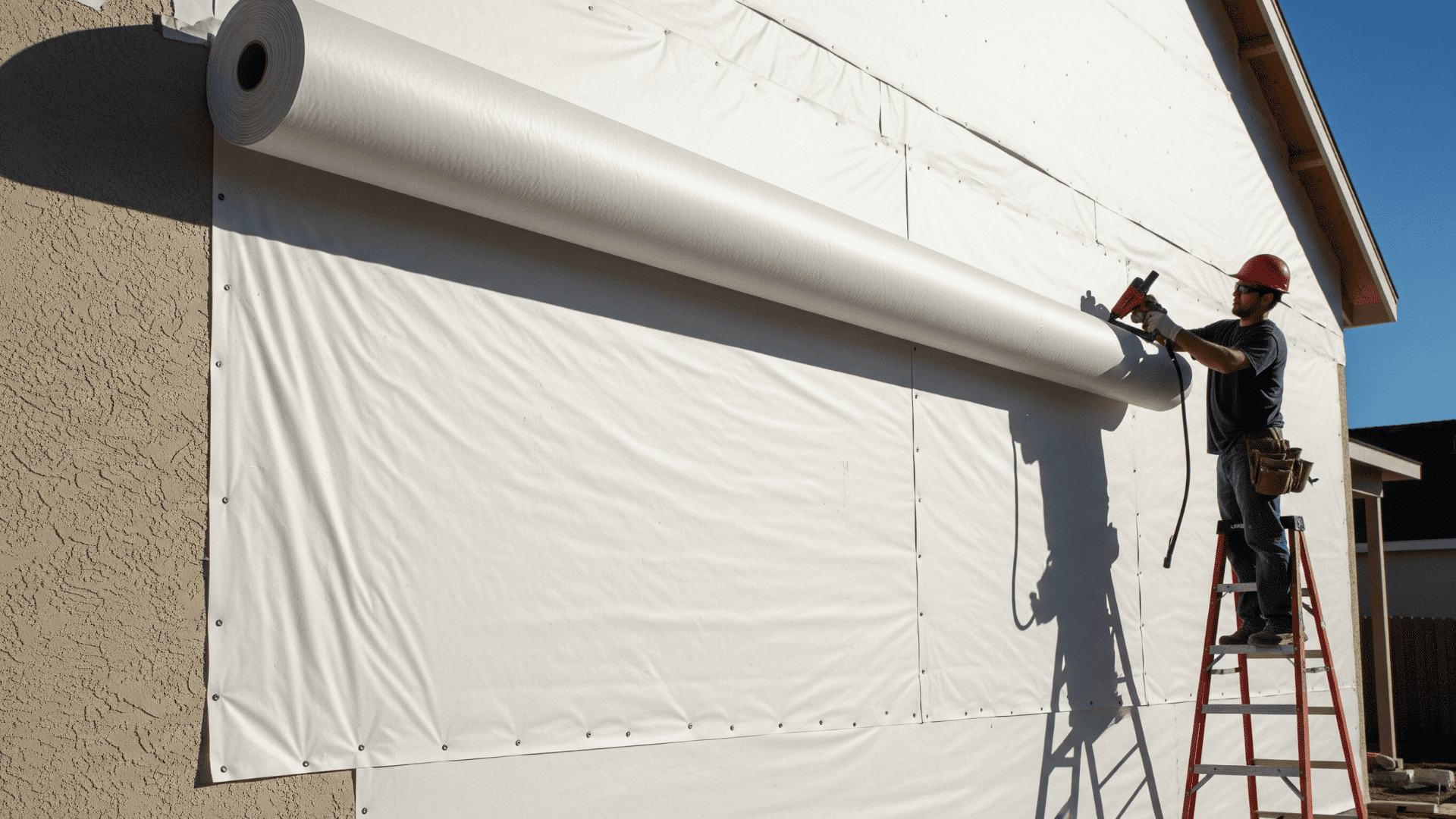
Next, install a moisture-resistant barrier over the stucco. House wrap is the best option, as it prevents water infiltration and keeps the siding dry.
Make sure the barrier is secured tightly to avoid gaps.
Step 3: Attach Furring Strips
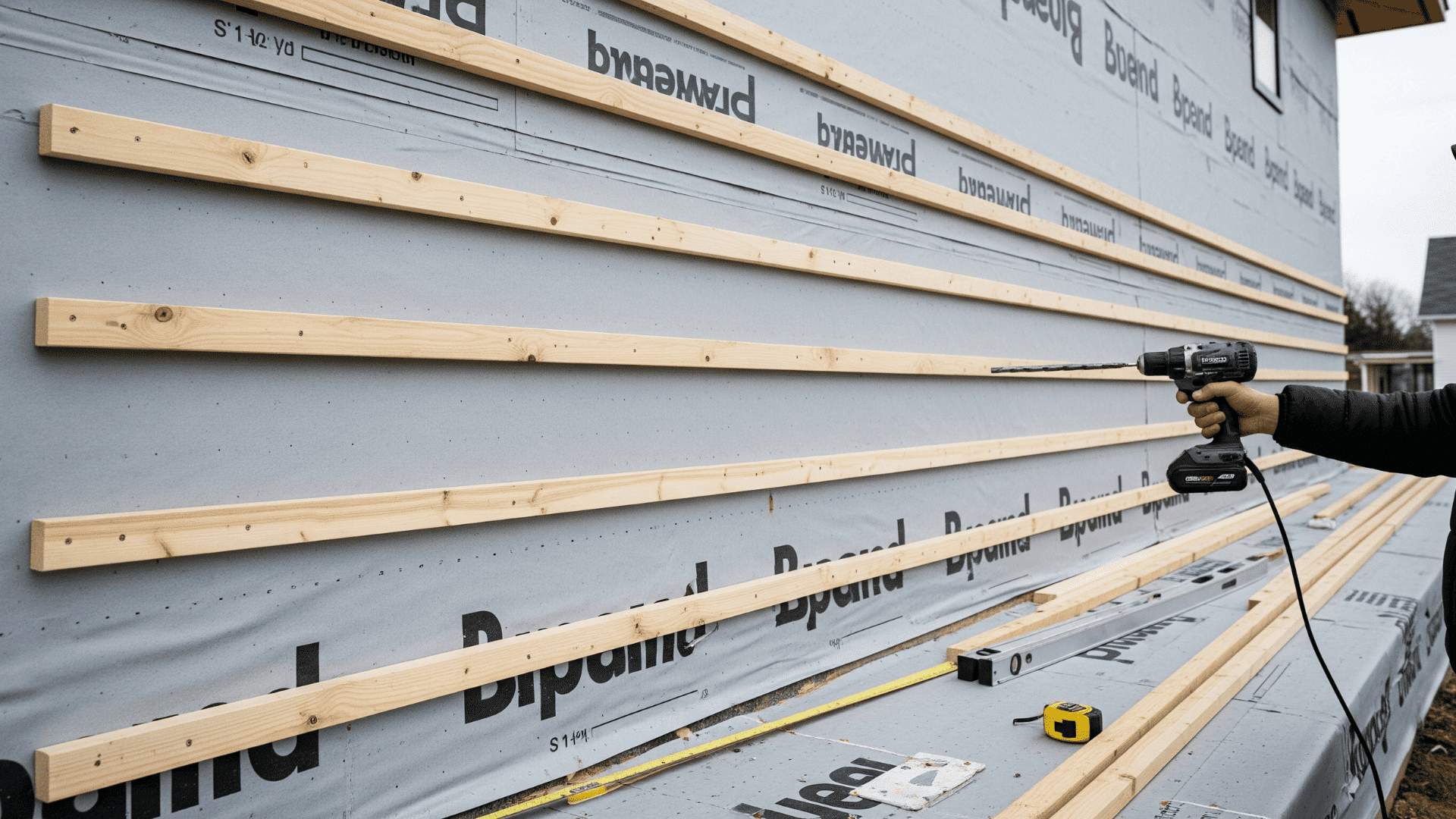
Install furring strips horizontally over the moisture barrier. These will serve as the support structure for the siding. Make sure the strips are level and spaced evenly.
It’s important to double-check that the spacing between the strips aligns with the dimensions of your siding, as this will ensure proper attachment and a secure fit.
Step 4: Install the Siding
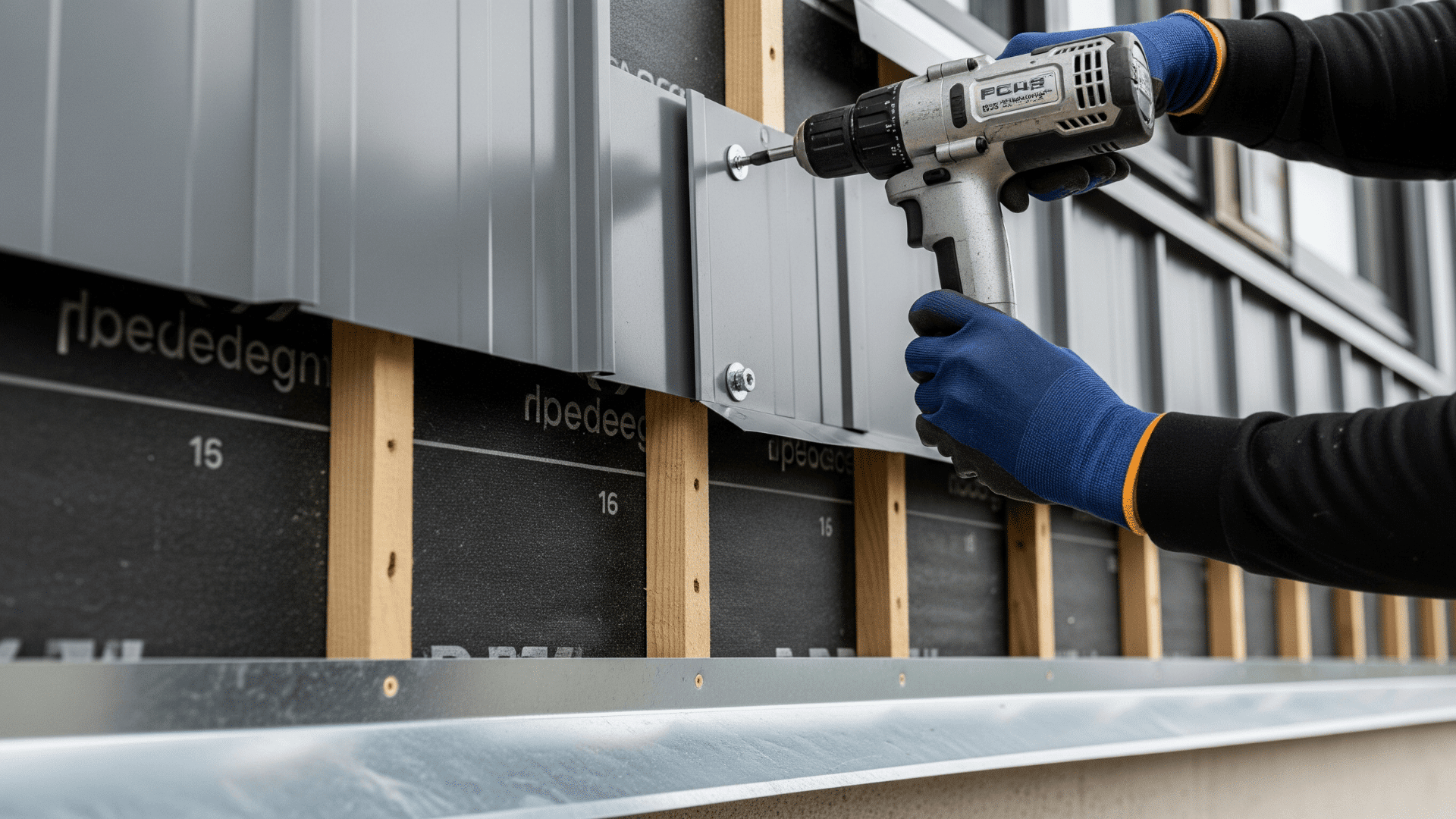
Begin installing the siding from the bottom, here we’re using Metal Siding so ensure that each panel is level.
Use nails or screws to secure the panels, making sure they overlap slightly for a uniform appearance. Continue working your way up, checking that each panel is aligned properly.
Step 5: Seal the Siding

Once all the siding is in place, apply caulk to seal all seams and edges. This prevents moisture from getting under the siding and ensures long-term durability.
Proper sealing will not only protect against water damage but also improve the overall energy efficiency of your home.
Tips and Precautions for Siding Over Stucco
Upgrading your stucco exterior with siding boosts curb appeal and protects your home, but attention to detail ensures quality and durability.
- Use a level to keep siding straight for a clean, professional look.
- Leave a small gap at the bottom of the siding to encourage drainage and prevent moisture buildup.
- Choose high-quality fasteners compatible with your siding material for secure, long-lasting installation.
- Work in manageable sections for greater control and more consistent results.
- Ensure proper ventilation and waterproofing, and only install over stable, undamaged stucco.
By following these tips and precautions, you’ll achieve a durable, attractive siding installation that stands the test of time.
Estimated Budget: DIY vs Professional
This is the Price Breakdown depicting the estimated budget if the work is to be done by you or any professional.
| ITEM/SERVICE | DIY ESTIMATE | PROFESSIONAL ESTIMATE |
|---|---|---|
| Stucco Repairs | $50 – $200 | N/A |
| Siding Materials | $1,000 – $4,000 | $1,000 – $4,000 |
| Tools & Fasteners | $100 – $300 | N/A |
| Labor (Per Hour) | N/A | $40 – $75 per hour |
| Total Estimated Cost | $1,150 – $4,500 | $3,000 – $8,000+ |
Keep in mind, these price ranges differ from location to location and can also vary depending on the surface area that needs work.
The actual figures may be lower or higher than this, which is again, subject to many factors.
Let’s Wrap it Up
Siding over stucco is an excellent way to improve your home’s appearance while providing extra insulation and durability.
Whether you choose to take on the project yourself or hire a professional, proper preparation and careful installation are essential for achieving a beautiful, long-lasting finish.
Keep your budget and the siding materials in mind to ensure you make the right decision for your home. After all, it’s your house, it deserves to feel like Home.

